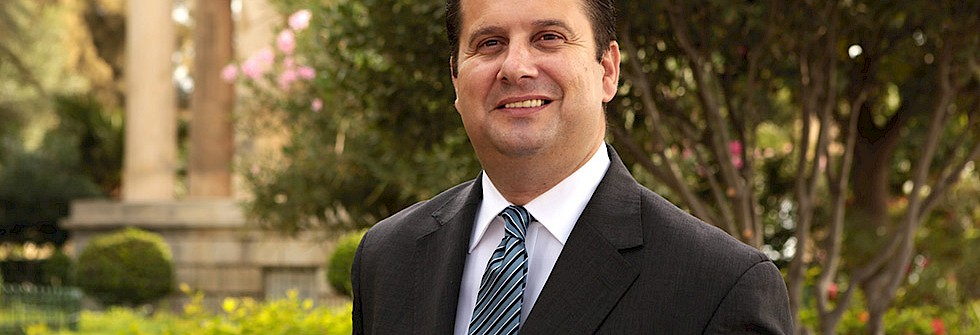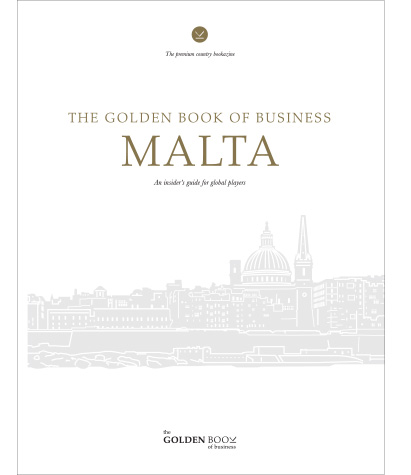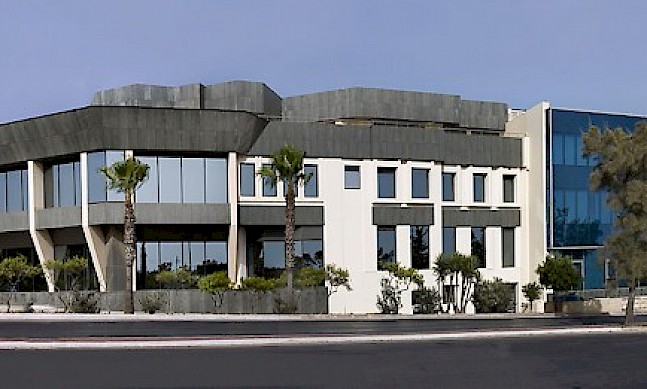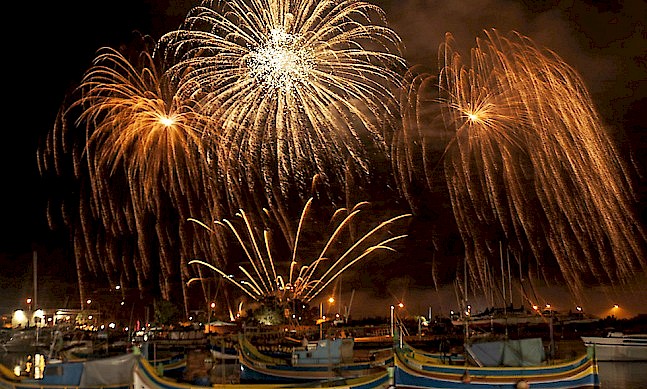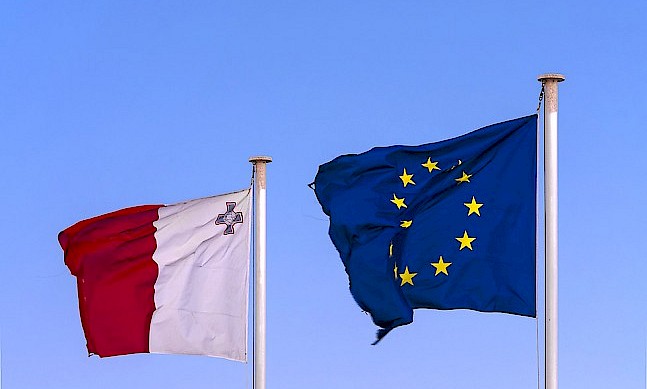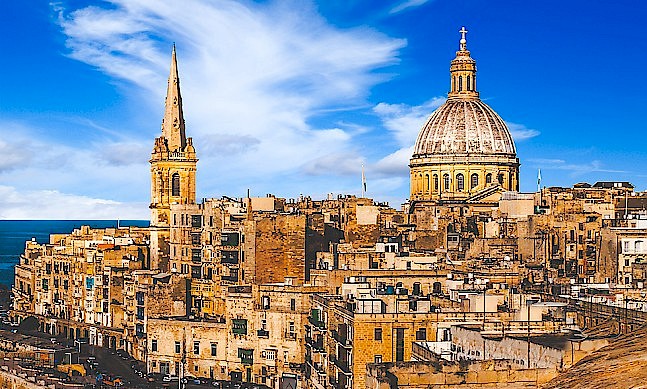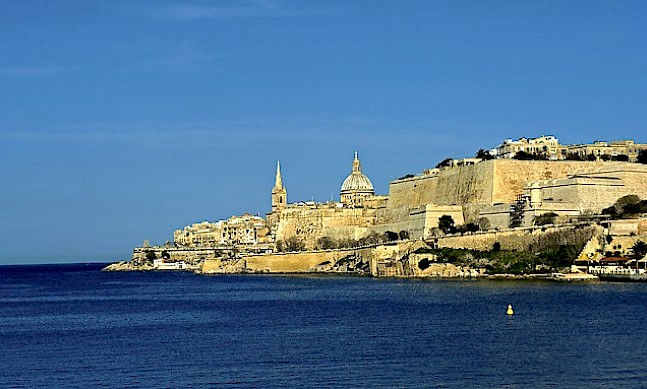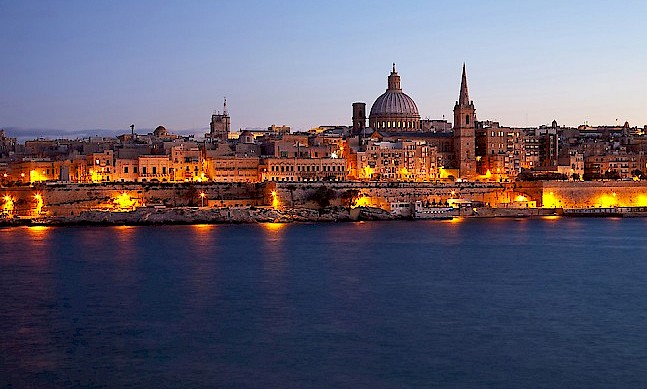A lawyer by profession, Dr Edward Zammit Lewis was appointed minister for tourism in April 2014, in time for preparations to begin for Valletta’s debut as European Capital of Culture in 2018. He spoke to The Report Company about the changing face of the Maltese tourism offering, from sunny island destination to serious cultural hard-hitter, and outlined the government’s strategy to diversify the sector and attract new types of visitors.
The Report Company: Malta received nearly 1.7 million tourists last year, not including overnight cruise passengers, an increase of 6.8 percent compared to last year, and this trend seems to be continuing. What is behind this growth?
Edward Zammit Lewis: It’s a number of factors. First of all, it’s our route development as regards airlines. We are managing every year to increase our network. At the moment, we are working from around 94 airports, so that gives us a lot of flexibility and outreach as regards point-to-point connections. We are in the main catering for the short-haul European market.
The second is our product. We have increased our product in the wider sense, in investments and infrastructure, although we have a lot of things to do. We are exploiting more our culture, which has great potential and has been, in my opinion, somewhat unexplored previously.
Another factor is that we are more and more perceived as the secure destination in our region, as our main competitors now cannot use security as their selling point.
TRC: Do you anticipate ups and downs for Malta given the security situation in places like Tunisia or Egypt?
EZL: Tourism is fragile. It is not volatile, because it has been resilient even in countries facing economic and financial crises, like Greece or Spain, but everything affects tourism, so we have to be competitive. We need to use more the fact that we are the least seasonal destination in the Mediterranean. We are managing to increase numbers in winter. That gives us an edge on these North African destinations even if their security situation does improve. We have to capitalise on this, and develop as well different tourism initiatives, such as diving or wedding tourism. But the external factors do have an effect on our numbers, and the way we position ourselves as well.
TRC: What are you doing to develop new sectors and attractions?
EZL: We have a number of initiatives which will give results in the short term and also in the medium and long term. We are regularly negotiating with the main airlines. We need to increase air connectivity, not only in summer, but also in winter. We are gradually convincing airlines to set up a year-round operation.
We also are using our culture to create quality tourism. We have to attract tourists which are not just attracted to Malta’s weather. For example, in the UK market, we are associated with sun and sea. We are not associated with culture. We have to reposition ourselves in certain markets which we are already prominent in, and in new markets, as a cultural tourism destination. To this end, we are working on a better calendar of events in winter.
We are working on the development of Valletta as a city destination like Florence, Venice or Paris. We have seen the development of a number of boutique hotels, but we still need more accommodation in Valletta.
So far, these initiatives are bearing fruit. In the first five months in 2015, we increased tourism by almost six percent year on year, and what is most interesting is that the relative increase in expenditure is higher than the increase in tourism arrivals. That means that we are getting greater expenditure per head. That is, in my opinion, very important in our quest for Malta to become a tourism destination of excellence.
“We are working on the development of Valletta as a city destination like Florence, Venice or Paris.”Tweet This
TRC: What winter products are you developing?
EZL: There is rural tourism, and we are doing small projects in different localities in Malta, such as walking tours. There is also the conference business, which is very important in Malta. Last year, it accounted for around 88,000 tourist arrivals and it injected directly into the economy around €50 million. We are working now to position Malta as a conference hub in the Mediterranean.
We are a country which is already oriented toward tourism, so it is very easy to find venues to entertain and host conferences and business visitors to Malta.
TRC: The Corinthia Group has confirmed it plans to develop a six-star hotel in Malta. Does this signal the beginning of a shift away from the traditional markets to more wealthy tourists from Asia and the Middle East?
EZL: I believe that we can get better, higher value-added tourists, even from our traditional markets. The main two exporters of tourism in Europe are the UK and Germany. They have such good potential, and they have high-spending tourists. I believe that if we want to diversify our market and go for an important market such as the markets in Asia, we also have a product which will appeal to the high-spending Asians.
I also believe that we need to increase activity to Scandinavia, and we have in fact recently added Finnair to Malta. However, we cannot in any sense disrupt the other markets. We have to gradually position ourselves. It is sort of a balancing act.
The main important markets for us to tap are places like China and India. But these are very specific markets in the sense that you have the right hotels to cater for that type of tourist.
TRC: How can Malta leverage Valletta’s position as European Capital of Culture 2018?
EZL: Valletta has changed in the last four years. It is a complete transformation from basically a dead city to a city where we have entertainment, high quality restaurants, and boutique eateries opening every week. The expectations of the impact of the European Capital of Culture have already created this transformation. We want to create an after effect, and that will be that we create in Valletta a distinct destination from Malta, which will help us in combating seasonality. Valletta will not be associated with the sun and sea concept of Malta; it will be a different concept.
TRC: How would you appraise the collaboration between the public and the private sector in driving forward the tourism sector?
EZL: I think the best sector in terms of creating synergies between government and the private sector is tourism. We cannot be successful if we do not work in concert with the private sector.
TRC: What challenges are being presented by the growth in private apartment rentals?
EZL: New entrants to the market such as Airbnb, while not as prevalent in Malta as they are in places like Spain, concern us because of the difficulty in regulating them. We are being very attentive, although I must admit that I don’t have any specific strategy, and I don’t think that one can have a specific strategy when you have all these means of communications. I am concerned with closing loopholes to create a level playing field in the tourism sector.
“In the first four months in 2015, we increased tourism by almost seven percent year on year, and what is most interesting is that the relative increase in expenditure is higher than the increase in tourism arrivals.”Tweet This
TRC: What possibilities do you see for further growth in the Maltese film industry?
EZL: The film industry has a big multiplier effect, because it is a big consumer of services as well. In my view, the growth of the film industry is just beginning. We will have to create more consistency, because filming is still a bit sporadic. We are working on attracting lower budget films and TV series, which are more consistent, and we are trying to create more year-round activity.
TRC: What progress has been made in the cruise sector? Are figures returning to their pre-2010 levels?
EZL: In 2014, we already had a good increase on 2013, and in 2015 I think we will hit 640,000 cruise liner passengers. This will beat our numbers for 2010/2011. I think that in the medium term, we need to do some infrastructure changes in order to accommodate more cruise liners. We see cruises as a very important industry. I discard the criticism that cruise line passengers don’t have an economic benefit. That is not true. They contribute, especially to Valletta, which has a great advantage because it’s one of the most accessible cities in Europe as a cruise passenger doesn’t need to take an excursion to get there.
TRC: What are the major pillars of the national tourism policy for 2015 to 2020?
EZL: The policy is not merely a government policy. It is a policy of the tourism sector as well, because it has come out of our discussions with the private sector. We have created a strategic vision, looking at where we want to be in 2030.
We have dedicated a micro policy for the island of Gozo. Within the ambit of the national policy, Gozo has a national policy also, and I believe that it is very important, because Gozo has a totally different tourism product. In Gozo, there are niches which are better than in Malta, for example diving. We have to help them develop the different types of tourism. This also goes along with initiatives that we are going to work on to increase accessibility to Gozo, because it is unacceptable that it takes tourists longer to get from Malta to Gozo than it does for them to arrive to Malta from their home country. Gozo has big potential, if developed in the right way.
TRC: What would you like to have achieved by the end of your time in this role?
EZL: My main aspiration is to have a quality Malta product, in the sense that the emphasis should be on quality all around us, not only in the hotels but in the infrastructure, and the service in our restaurants. My goal is to decrease the shabbiness that we have in certain areas and not only boost numbers but also reduce seasonality and increase tourism revenue.


